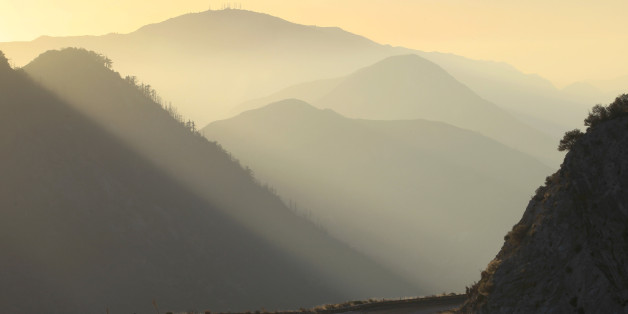
"A follow up to Pico Iyer's essay 'The Joy of Quiet, ' The Art of Stillness considers the unexpected adventure of staying put and reveals a counterintuitive truth: The more ways we have to connect, the more we seem desperate to unplug. Other contributors Eydis Einarsdóttir, photographer. A decked path runs through mangrove forests to the beach, where there are enormous day beds for post-breakfast snoozing and a beach bar fashioned from an old fishing boat-just stay horizontal and another Caipirinha will soon find its way to you.The art of stillness : adventures in going nowhere / Pico Iyer photography by Eydis Einarsdóttir. Interiors are haute-boho: roomy indoor-outdoor sitting rooms and airy living spaces with dazzling-white walls and muslin-canopied beds, accented with lots of reclaimed wood, antiques, and vintage finds including brightly painted Virgin Mary statuettes.

All are cloaked by hummingbird-flecked tropical gardens and centered around a pool lined with green aventurine quartz, which, for those not up on their healing crystals, is said to be very therapeutic. Working with local artisans, Dutch owner Wilbert Das (Diesel’s former creative director) has turned the hotel into a collection of rustic renovated casas, cottages, an intimate treehouse, and a tribal-inspired spa. Surrounded by dense rainforest and teetering high on a ridge overlooking the powder-sand-fringed Atlantic, Uxua fits right into the post-hippie utopia of Trancoso. Request a west-facing bungalow with an outdoor shower and watch the sun go down over the San Jacinto Mountains while shampooing. And while it is a fun hotel, more private club than frat party, it’s also a place for quiet indulgences: The pool is guests-only unexpected treats are brought to your room every afternoon (could be a scoop of ice cream, could be a shot of tequila) and roaming poolside therapists offer complimentary foot and shoulder massages. As such, each bungalow is a mix of modern (custom hair-on-hide rugs, industrial-chic machined brass lighting and fixtures) and vintage (furniture from Percival Lafer, Mullhauser, Knoll, and Katavolos). Hermann wanted the decor to work with the mid-century architecture without creating a time warp. He didn’t alter the footprint much-the main house and 25 bungalows were built in 1952-but he added an open-air spa and an alfresco restaurant and gut-renovated the interiors. Cody–designed L’Horizon into a luxurious boutique hotel. L.A.-based residential designer Steve Hermann spent two years (and millions of dollars) turning the historic William F.

There is a spa and 16 calming all-wood suites split across four pale-buttermilk buildings (plus a trio of villas), all with a bukhari stove and sliding glass doors that open onto a deck where the forest-clad mountains appear almost close enough to touch. The lush rice paddies and traditional farmhouses of the low-lying countryside inspired the Himalayan-wood living room and bar that cantilevers dramatically over the pool. Of all the outposts, rustic and intimate Punakha is the standout.

The wellness-focused “hotel” is actually a circuit of five lodges, each with its own distinct design: Thimphu, which is set among apple orchards and pine forests close to the national capital Paro, which is a stone’s throw from ancient monasteries Gangtey, which offers birders an incredible perch from which to watch for rare black-necked cranes and Bumthang, which features a peaceful design aesthetic inspired by the surrounding forests. Six Senses is the latest of the global hotel heavyweights to land in Bhutan, and its culturally considered approach is a natural fit for a pristine kingdom that has been largely unchanged for centuries. Park yourself on the outdoor terrace, preferably by a smoking, standing fireplace, for a seasonally driven dinner made with local organic ingredients-red rice, hand-ground buckwheat flour, apple cider vinegar, and hand-molded farm cheese. The restaurant Bukhari, so named for the traditional Bhutanese fireplace, might be the best place to savor these vistas. About a three-hour drive away, the 11-room COMO Uma Punakha sits at the farthest edge of the Punakha Valley, offering guests views of terraced rice fields, the temple of Khamsum Yuley Namgay, and snowcapped Himalayan peaks. You're in a prime location for hiking and exploring the natural wonders around you, not to mention trekking to visit nearby Buddhist temples. In the Paro Valley, the intimate COMO Uma Paro melds Bhutanese craftsmanship with signature COMO amenities-especially those centered around wellness. The Himalayan kingdom of Bhutan is home to two magical destination retreats by COMO, each of which offers its own unique pleasures.


 0 kommentar(er)
0 kommentar(er)
